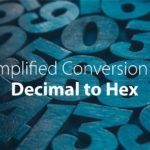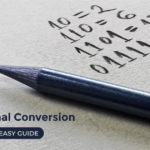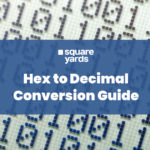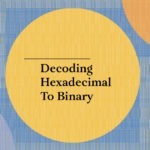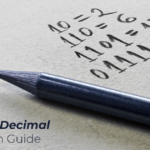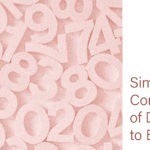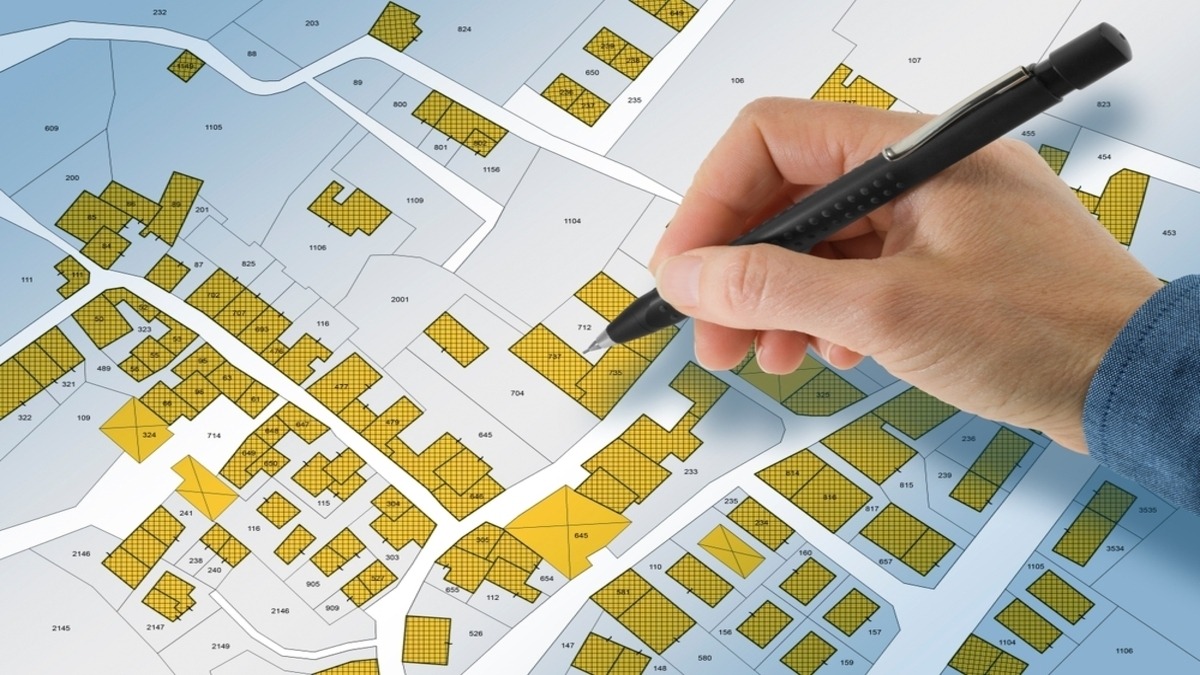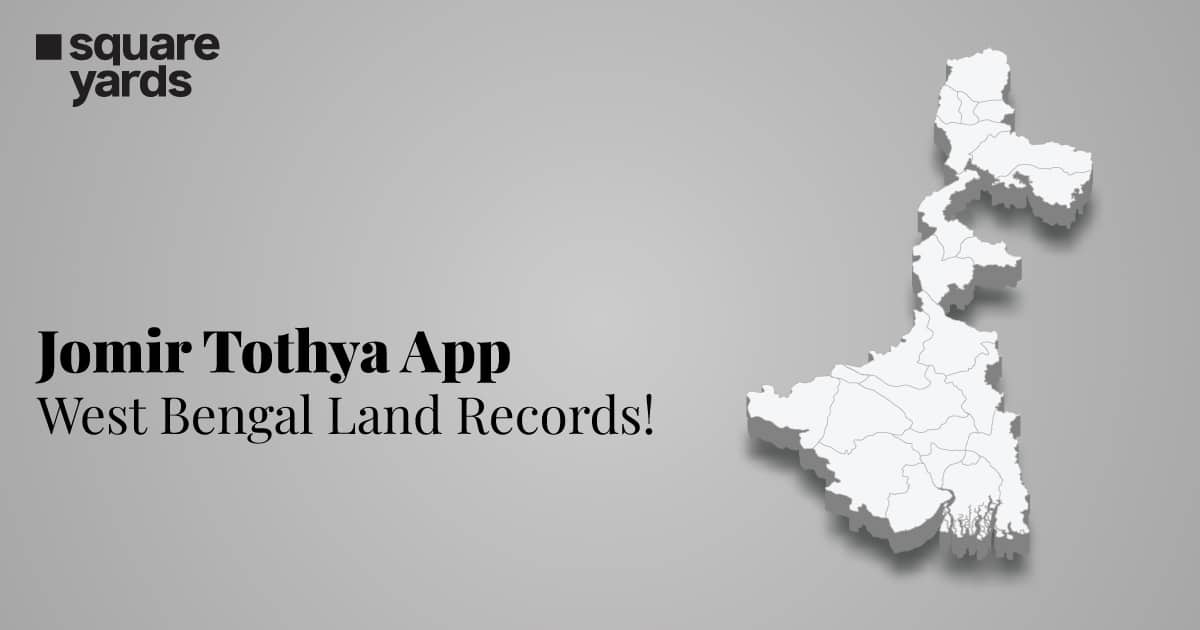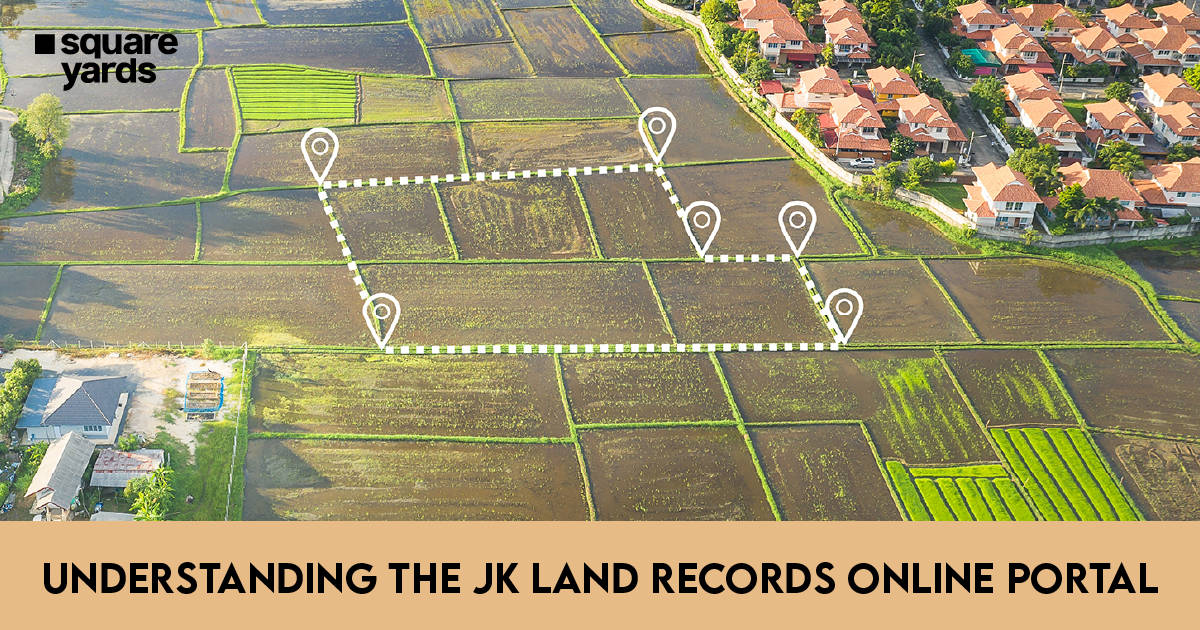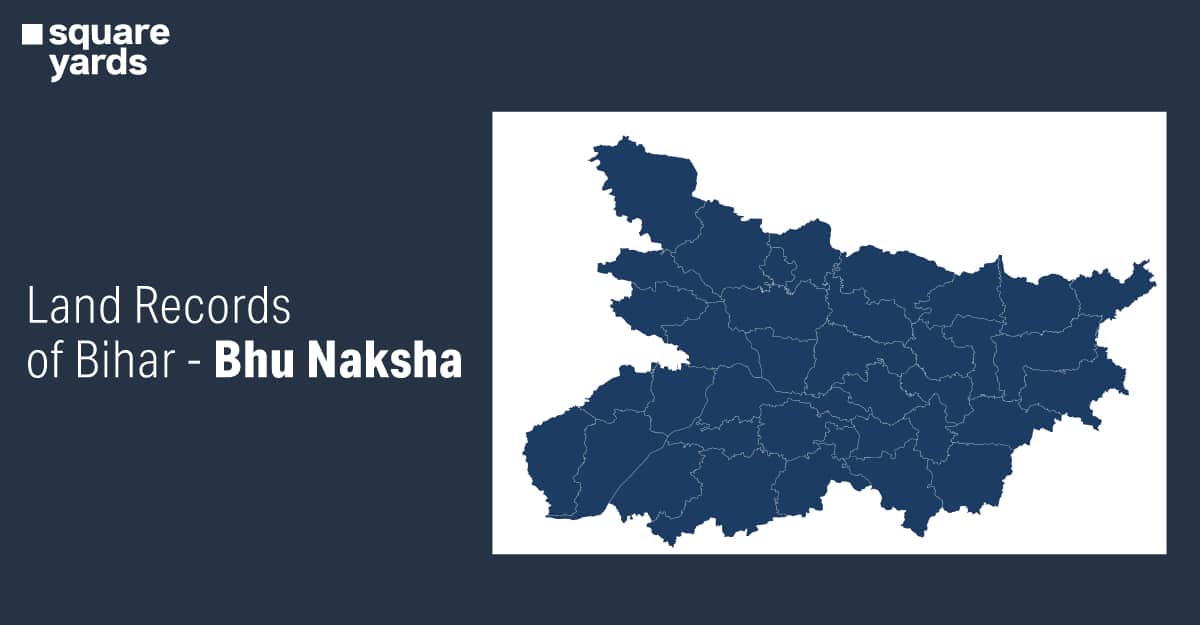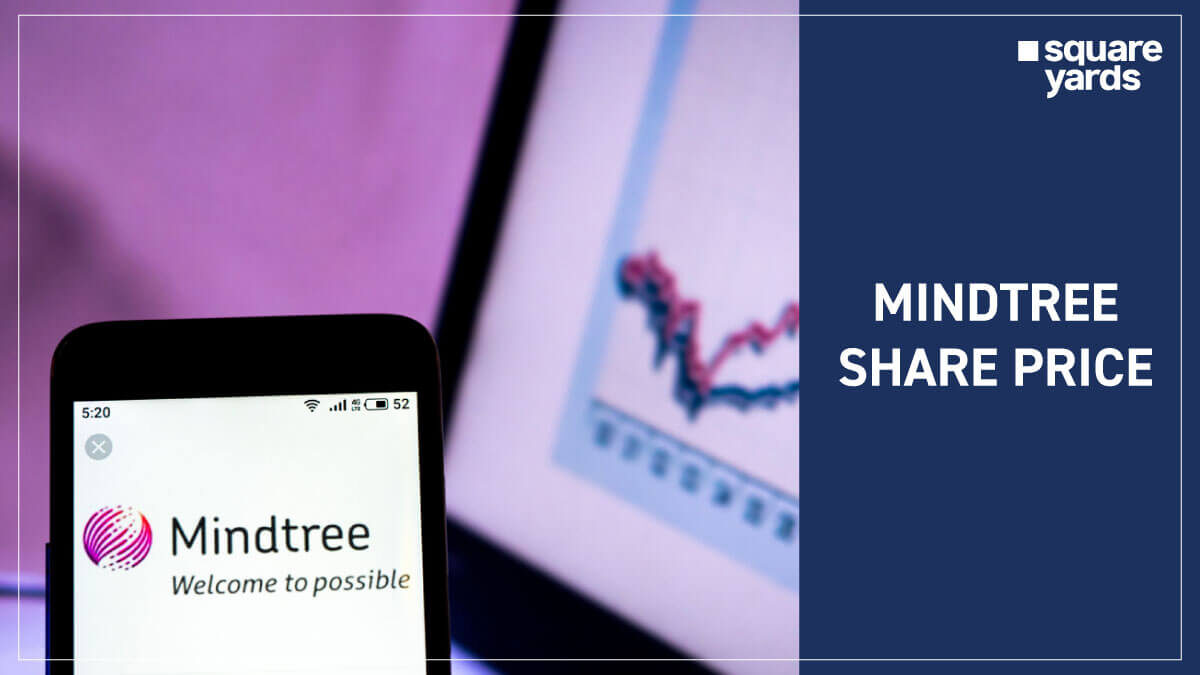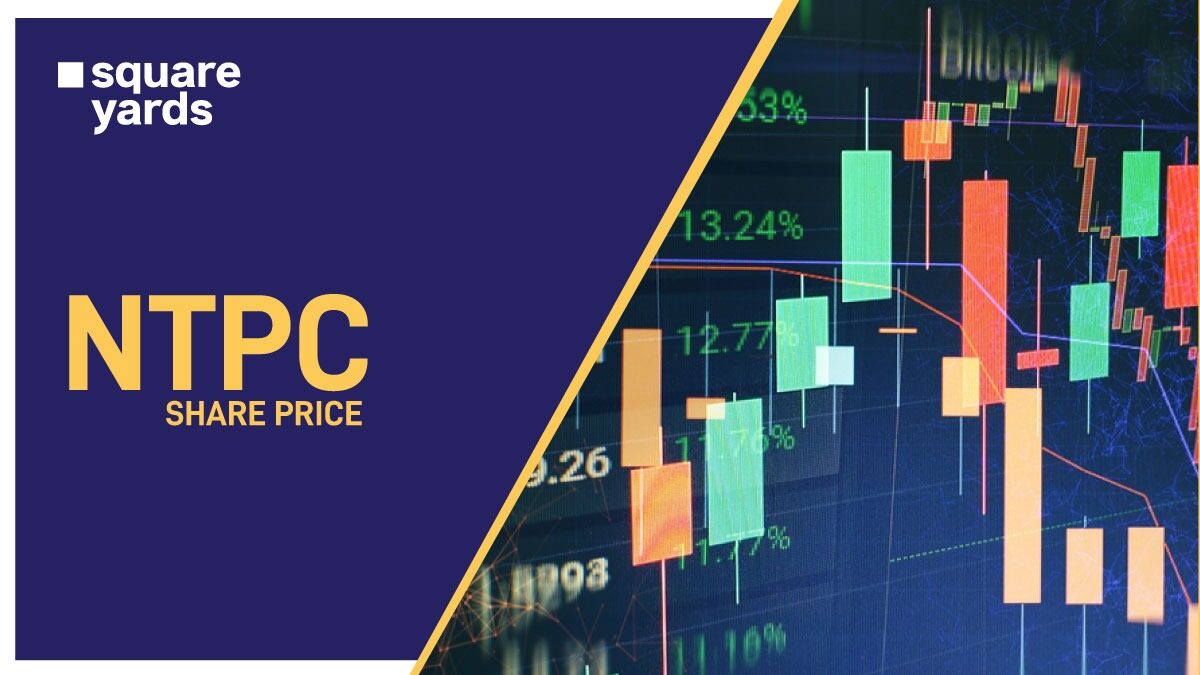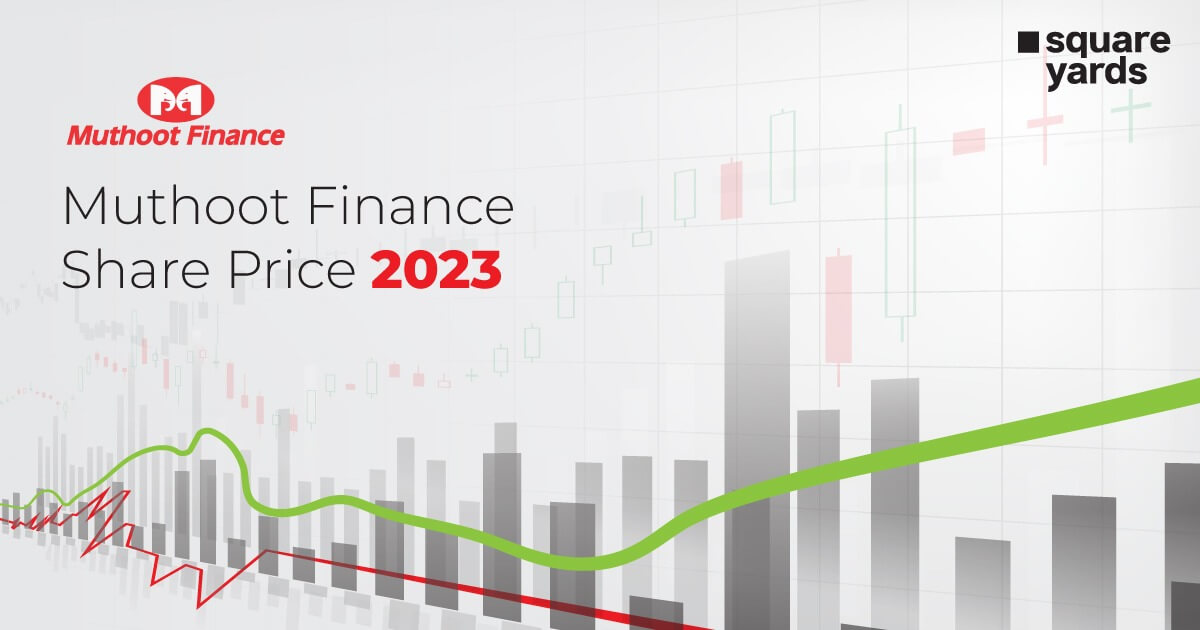Grasping the concept of converting decimals to fractions can feel like a tricky puzzle at first, but with a little practice, it can become as easy as tying your shoes. It’s all about understanding the relationship between these two numerical formats.
Both fractions and decimals are just different ways of expressing the same thing. The conversion process is like learning a new language – the language of numbers. In this guide, we’re going to see this process unfold, taking you on a step-by-step journey to transform decimals into fractions, making maths a little easier and much more fun.
Table of contents
What is Decimal?
A decimal, often known as a decimal point, is a way to represent a fraction or a portion of a whole in the world of numbers. It enables us to divide large numbers into smaller chunks, making them simpler to handle.
We are essentially representing a decimal as a ratio of two numbers when we convert it to a fraction.
Current Use of Decimal
Numbers that are between two whole numbers can be expressed using decimals. To distinguish the whole number portion from the fractional portion, they are written with a decimal point. For instance, the fraction 75/100 or 3/4, when simplified, is made up of a whole number (3) and a fraction, the number 3.75.
In many different mathematical processes, decimals are frequently utilised. When dealing with measurements, money, and scientific notation, they come in extremely handy.
Additionally, calculations involving money are represented and carried out using decimals. It is widely used to measure things like length, weight, volume, and time. They also aid in the computation of averages, percentages, and other statistical measurements.
History of Decimal
A fascinating journey that began in antiquity and is still influencing how we think about numbers and mathematics now is the history of decimals. Mathematicians employ decimals, a fundamental notion, to express numbers that lie between whole numbers and fractions. To put it simply, decimals are a method of representing portions of a whole.
A system of hieroglyphic symbols was created by the ancient Egyptians to represent fractions, and this is where the idea of decimals first appeared. They were able to visually express fractions thanks to these symbols. The Egyptians, however, did not use the modern-day notation for decimal numerals.
The formation of decimals was significantly influenced by the ancient Greeks. Zeno of Elea, a Greek mathematician, first proposed the concept of subdividing a unit into smaller and smaller portions, which produced an infinite series of numbers, in the fourth century BC. The basis for the decimal system we use today was laid by the idea of endless decimals.
What is a Fraction?
The mathematical idea of a fraction denotes the division of one quantity by another or a portion of a whole. It is frequently employed to express numbers that are neither whole nor integer values. The numerator and denominator are the two main parts of a fraction.
The fraction’s numerator, which is represented by the number at the top, represents the part or amount under consideration. It informs us of the number of components or units we are working with. The denominator, which is the number at the base of the fraction, indicates how many identical pieces there are in each whole. It reveals how many equally sized pieces the total is divided into. Let’s use the fraction 3/4 as an example. Here, 3 stands for the one-third portion as a numerator of the total unit 4, which is a denominator.
Current Use of Fraction
We employ fractions, a crucial mathematical concept, to represent numbers that are not wholes or integers. They assist us in expressing fractions of a whole or amounts that fall between two whole numbers. Fractions are frequently utilised in many everyday contexts, including measures, financial computations, and cooking instructions.
Converting decimals to fractions is a frequent application of fractions. Decimals are numbers that can have digits added after the decimal point and are stated in the base-10 system. Sometimes representing a decimal value as a fraction is more logical or meaningful.
History of Fraction
Fractions have a long history in mathematics and have been important throughout that time. In order to express numbers that are not whole or integer values, fractions are used. They are expressed as a ratio of two numbers, with the numerator on top and the denominator at the bottom. Fractions are frequently employed to denote division or to express portions of a whole.
Fractions have been a part of mathematics since the time of the Egyptians, Babylonians, and Greeks, among other ancient civilizations. These civilizations created a variety of representational systems after realising the necessity of representing non-whole numbers. Sums of unit fractions, or fractions with a numerator of 1, were the way that fractions were stated in ancient Egypt.
Relationship Between Decimal and Fraction
Decimals and fractions are both ways to express parts of a whole. They’re like two sides of the same coin! A decimal, such as 0.5, means ‘five-tenths’. If you convert that into a fraction, it becomes 5/10. Both represent half of something. The place after the decimal point in 0.5 shows tenths place. So, 0.5 is ‘five in the tenths place’, or 5/10.
This relationship works for any decimal or fraction. So, if you understand fractions, you’re already on your way to understanding decimals, and vice versa. They’re just two different ways to look at the same thing!
How to Convert Decimal to Fraction?
We can use the formula shown below to change a decimal into a fraction:
With the decimal place value as the denominator, represent the decimal as a fraction.
For instance, the fraction 75/100 can be used to denote the decimal 0.75. The number of decimal places determines the denominator. Since there are two decimal places in this situation, 100 is used as the denominator.
Any decimal can be made into a fraction using this technique. We can better grasp a decimal’s relationship to whole numbers and other fractions by expressing it as a fraction.
Formula and Examples on Decimal to Fraction Conversion
The following is the formula for changing a decimal to a fraction:
Let’s use the decimal 0.75 as an example.
- There are two decimal places in this number.
- The fraction’s numerator should be written as 0.75.
- The denominator will be 100 because there are two decimal places, or 10 to the power of 2.
- All things considered, 75/100 is the fraction that corresponds to 0.75.
Differences in Decimal to Fraction
Despite the fact that both fractions and decimals indicate numbers that are not whole or integer values, there is a distinction between them mathematically.
| Fraction | Decimal |
| Numbers with a decimal point can be expressed using decimals. They are founded on a system of place values, where each digit stands for a particular fractional component of a whole integer. | In the decimal 0.75, for instance, the 7 stands for 7 tenths and the 5 for 5 hundredths. |
| The numerator of a fraction represents the total, while the denominator represents the part. In contrast, fractions are written as a ratio of two numbers. As an illustration, the fraction 3/4 denotes three of four equal parts. | Their representation and notation are where the significant differences exist. Especially when working with real numbers, decimals are better suited for exact measurements and calculations since they support a wider range of values. |
| Converting fractions to decimals entails dividing the numerator by the denominator | Converting decimals to fractions entails expressing the decimal as a fraction. |
| The numerator of a fraction represents the total. | While the denominator represents the part |
Don’t miss It!
| Kilometer to Centimeter | Kilometer to Centimeter Conversion: Conversion Table, Examples |
| Centimeter to Meter | How to Convert Centimeter to Meter: Formula & Examples |
| Cubic Meter to Liter | How to Convert Cubic Meter to Liter: Formula & Examples |
| Cent to Square Feet | How to Convert Cent to Square Feet: Formula & Examples |
| Pounds to Kilogram | How to Convert Pounds to Kilogram: Formula & Examples |
| Milligrams to Grams | How to Convert Milligramsto Grams: Formula & Examples |
| Binary to decimal | How to Convert Binary to Decimal Formula & Examples |
| Grams to Ounces | How to Convert Grams to Ounces: Formula & Examples |
Decimal to Fraction Conversion Table
The place value of a decimal is determined and is written as the numerator when converting it to a fraction. The place value of the decimal determines the denominator. For instance, we write the decimal 0.11 as 11/100 since the digit 1 is in the hundredth place.
Up to 20 conversion samples are included in the table, along with a variety of decimal numbers and their associated fractional equivalents.
| Decimal | Fraction | Simplified Fraction |
| 0.1 | 1/10 | 1/10 |
| 0.2 | 1/5 | 1/5 |
| 0.3 | 3/10 | 3/10 |
| 0.4 | 2/5 | 2/5 |
| 0.5 | 1/2 | 1/2 |
| 0.6 | 3/5 | 3/5 |
| 0.7 | 7/10 | 7/10 |
| 0.8 | 4/5 | 4/5 |
| 0.9 | 9/10 | 9/10 |
| 0.10 | 1/10 | 1/10 |
| 0.11 | 11/100 | 11/100 |
| 0.12 | 3/25 | 3/25 |
| 0.13 | 13/100 | 13/100 |
| 0.14 | 7/50 | 7/50 |
| 0.15 | 3/20 | 3/20 |
| 0.16 | 4/25 | 4/25 |
| 0.17 | 17/100 | 17/100 |
| 0.18 | 9/50 | 9/50 |
| 0.19 | 19/100 | 19/100 |
| 0.20 | 1/5 | 1/5 |
End Thoughts
Today’s society values decimal to fraction conversion because it makes non-whole numbers precisely representable and understandable. It assists with precise measurements, monetary computations, recipe modifications, and more. For practical applications, converting decimals to fractions offers a flexible tool that ensures correctness and streamlines mathematical operations.
FAQ’s about Decimal to Fraction
Q1. How do you convert 1.75 into a fraction?
The answer to the given problem would be written as 175/100 in fractional form.
Q2. How do you turn 1.29 into a fraction?
The answer to the given problem would be written as 129/100 in fractional form.
Q3. How do you turn 1.2 into a fraction?
This decimal problem can be written as 12/10 when converted in fraction.






